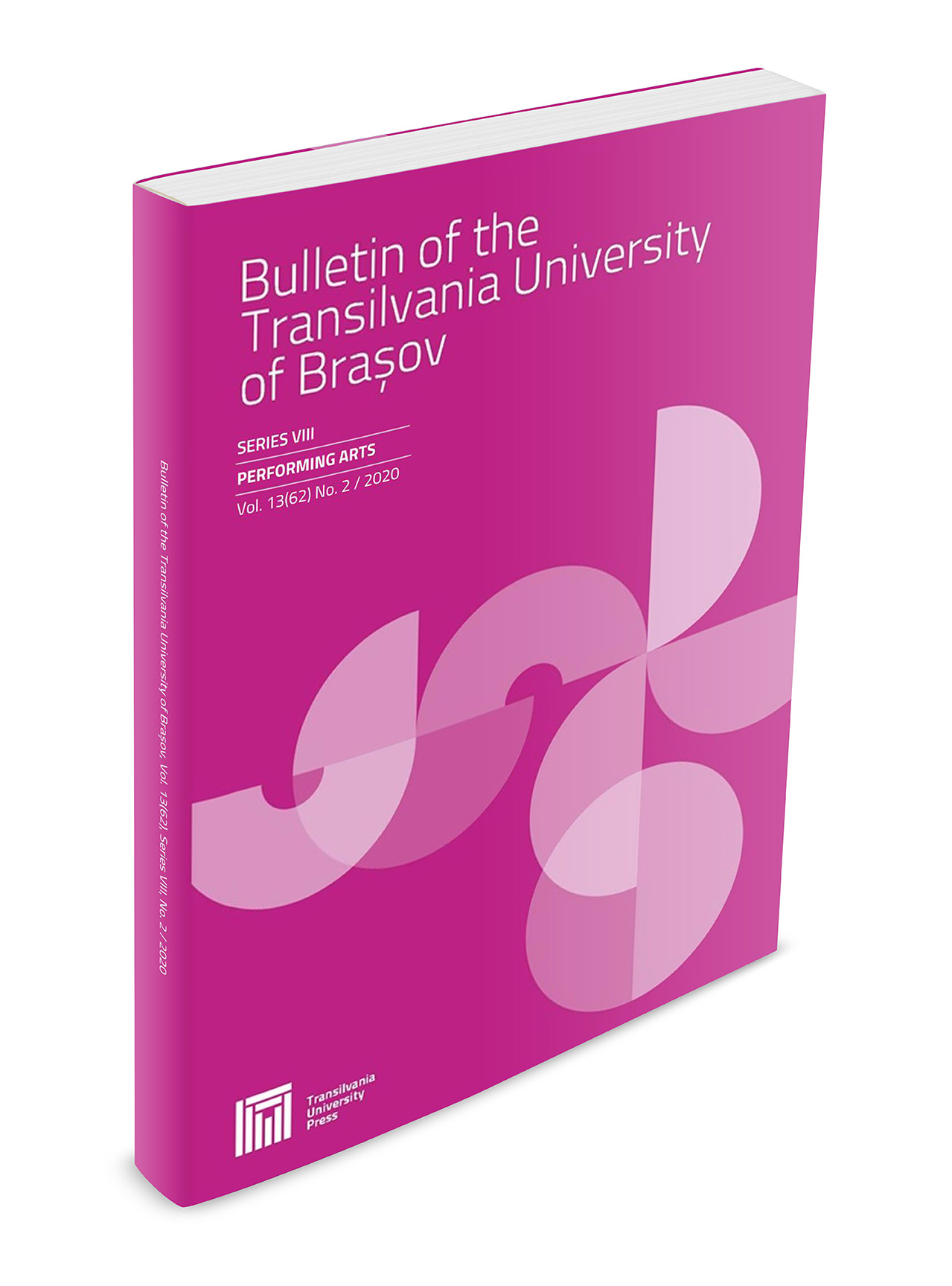Archaic Elements in the Romanian Spring-Summer Traditions. Landmarks for Dambovita County
Keywords:
tradition, ritual, archaic, fertility, functionAbstract
Although enjoying less diversity, frequency and appreciation than winter traditions, spring-summer traditions represent important moments in the work and life of the rural communities. Due to the cultural stratifications occurred along the centuries, in the spring-summer traditions, certain magical acts and practices disappeared or their function changed, so that their spectacular character and social meanings prevailed over the predominantly ritual functions originating in the ancient practices of our Getho-Dacian ancestors. Old writings (Herodotus of Halicarnassus, Xenophon, Hesychius of Alexandria, Pomponius Mela, etc.) describe in detail the practice of certain rituals in the areas inhabited by Thracians and Dacians. The Carpathia ritual (related to land cultivation), the celebration of Dionysus (expressing joy at the renewal of nature and the gathering of the crops), the rituals in honor of Apollo and Artemis (the earth was purified of bad charms before gathering the crops), the bacchic festivals and the messengers sent to Zamolxis are considered by the researchers as lying at the basis of the spring-summer traditions and rituals.Downloads
Published
Issue
Section
License
Copyright (c) 2013 Bulletin of the Transilvania University of Braşov. Series VIII: Performing Arts

This work is licensed under a Creative Commons Attribution 4.0 International License.




